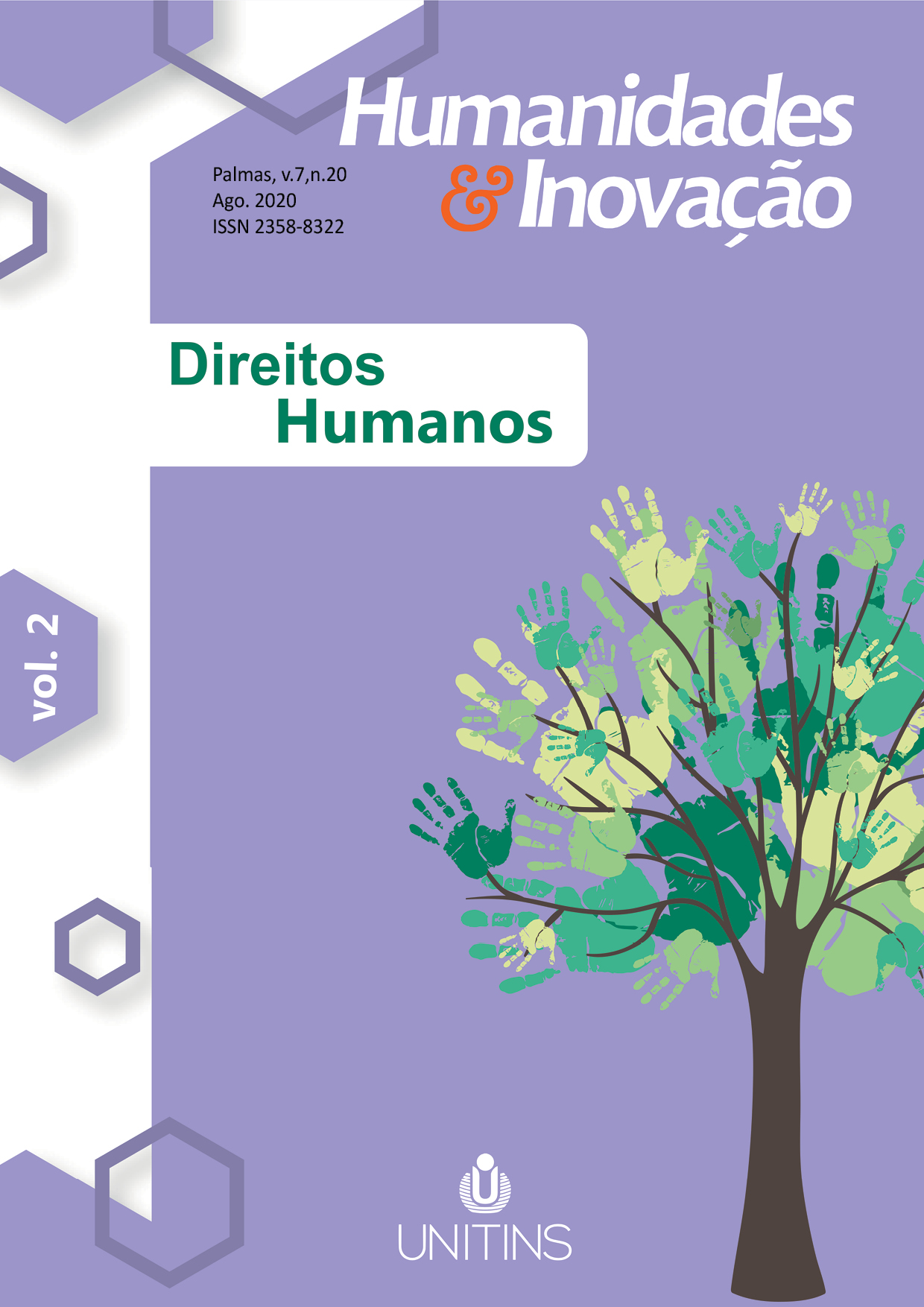ASSESSMENT OF URBAN RESILIENCE TO NATURAL DISASTERS: LOCATION OF THE STUDY NOWSHAHR
Abstract
One of the major issues that most cities in the world are facing is natural disasters. Natural disasters always threaten human settlements and human lives, and they can cause extensive losses and damages in a short time. Therefore, the main objective of this study is to assess the resilience of the city of Nowshahr against natural disasters, the data were collected through the development of various questionnaires, field studies, and documents from 90 managers and experts in the city of Nowshahr. Using a descriptive-analytic and field survey methodology, the collected data were analyzed using One-Sample t-test. The results show that resilience to natural disasters for some of the indicators is less than moderate, indicating inadequate resilience of the region under study against natural disasters.
References
Ostovar Izadkhah, Y. (2012). Concepts and models of resilience in natural disasters. Journal of Crisis Management and Prevention, 2 (2).
Partovi, P., Behzadfar, M., Shirani, Z. (2016). Urban design and social resilience: Case study of Jolfa Neighborhood in Isfahan. Bi-Quarterly of Architecture and Urban Planning, 17.
Rezaei, M. R. (2010). Explaining resilience in urban communities to reduce the effects of natural disasters: Case study of Tehran metropolis. PhD dissertation: Tarbiat Modares University.
Rezaei, M. R.; Ghaed Rahmati, S.; Hosseini, S. M. (2014). Locating relief centers in Yazd using network analysis process and GIS fuzzy. Journal of Human Geography Research, 46.
Rezaei, M. R. (2013). Estimation of the economic and institutional resilience of urban communities against natural disasters: A case study of earthquake in Tehran's neighborhoods. Quarterly of Crisis Management, 3.
Moazam, A., Kouhestani, M., & Barzegari, K. (2014). Management of worn-out textures with a city resilience approach. Fifth International Conference on Integrated Management of Natural Disasters.
Iranian Statistics Center (2011). Population and Housing Census.
Desouza, Kevin C, H. & Flanery, Trevor (2013) “Designing, planning, and managing resilient cities:A conceptual framework,” Cities 35, pp. 89–99.
Forgette, Richard and Mark Van Boening (2009). Measuring and Modeling Community Resilience: SERP and DyME, For Internal Distribution Only. Final SERRI/DHS distribution review pending.
Gunderson, L.H. (2010). Ecological and human community resilience in response to natural disasters. Ecology and Society.15(2): 323-331.
John Lyon, Christopher (2011) Exploring dimensions of place- power and cultural in the social resilience of forest dependent communites, Master Thesis, University of Alberta.
Kimhi, S.; Shamai, M. (2004). Community Resilience and the Impact of Stress, Adult Response to Israel’s Withdrawal from Lebanon. Journal of CommunityPsychology, 32 (4), 439-451.
Karrholm, Mattias; Nylund, Katarina & Prieto de la Fuente, Paulina (2012) “Spatial resilience and urban planning: Addressing the interdependence of urban retail areas,” In: Cities. In press. Retrieved from:http://dx.doi.org.ezp.sub.su.se/10.1016/j.cities, pp. 121-130.
LaLone, Mary B. (2012) “Neighbors Helping Neighbors: An Examination of the Social Capital MobilizationProcess for Community Resilience to Environmental isasters,” Journal of Applied Social Science, 6(2), pp. 209–237.
Mitchell, T. and Harris, K., 2012. Endurance: a risk management approach, background note, ODI, 2.
Mayunga, J.S., 2007. Understanding and Applying the Concept of Community Disaster Endurance: A capital basedapproach, a draft working paper prepared for the summer academy for social vulnerability and endurance building, 22 - 28 July 2007, Munich, p. 1-4.
Norris, F. H.; Stevens, S.P.; Pfefferbaum, B.; Wyche, K.F.; Pfefferbaum, R.L. (2008) “Community Resilience as a Metaphor, Theory, Set of Capacities, and Strategy for Disaster Readiness,” Am J Community Psychol 41, pp. 127–150.
Oxfam (2005). The tsunami’s impact on women. Oxfam International.
Petak, W. (2002). Earthquake resilience through mitigation: a system approach. Paper presented at the International Institute for Applied Systems Analysis, 12 Sep 2002, Laxenburg, Austria.
Rose, A. (2004). Defining and measuring economic resilience to disasters. Disaster Prevention and Management, 13, 307-314.
Speranza, Ifejika Chinwe; Wiesmann, Urs & Rist, Stephan (2014). An indicator framework for assessing livelihood resilience in the context of social–ecological dynamics,” Global Environmental Change, 28 (2), pp. 109-119.
Copyright Notice
The submission of originals to this periodic implies in transference, by the authors, of the printed and digital copyrights/publishing rights. The copyrights for the published papers belong to the author, and the periodical owns the rights on its first publication. The authors will only be able to use the same results in other publications by a clear indication of this periodical as the one of its original publication. Due to our open access policy, it is allowed the free use of papers in the educational, scientific and non-commercial application, since the source is quoted (please, check the Creative Commons License on the footer area of this page).











